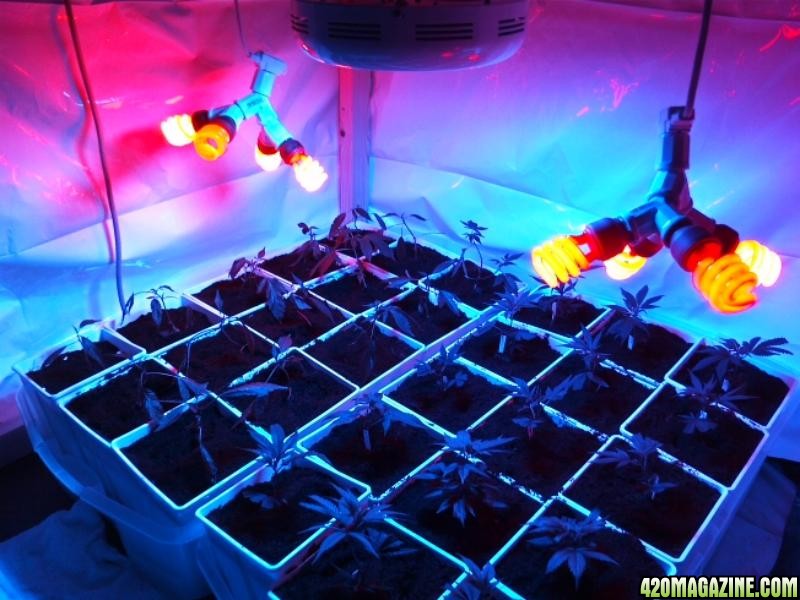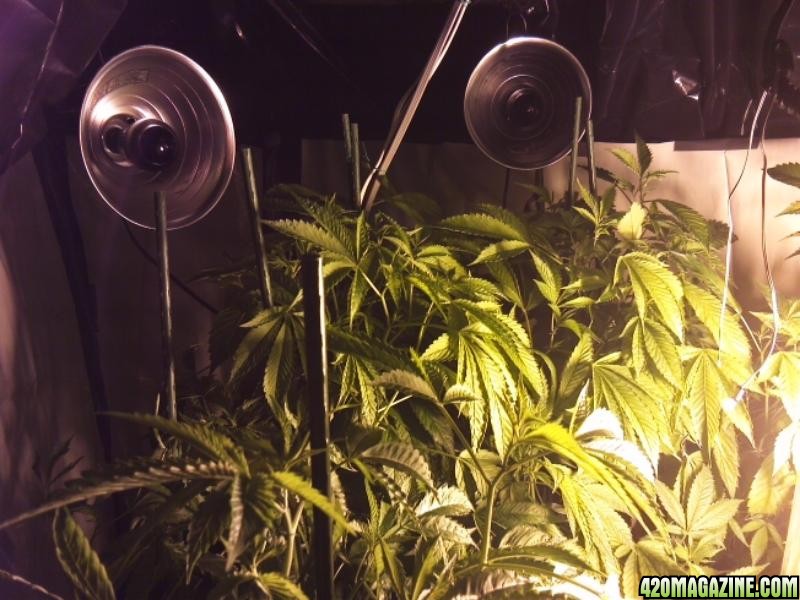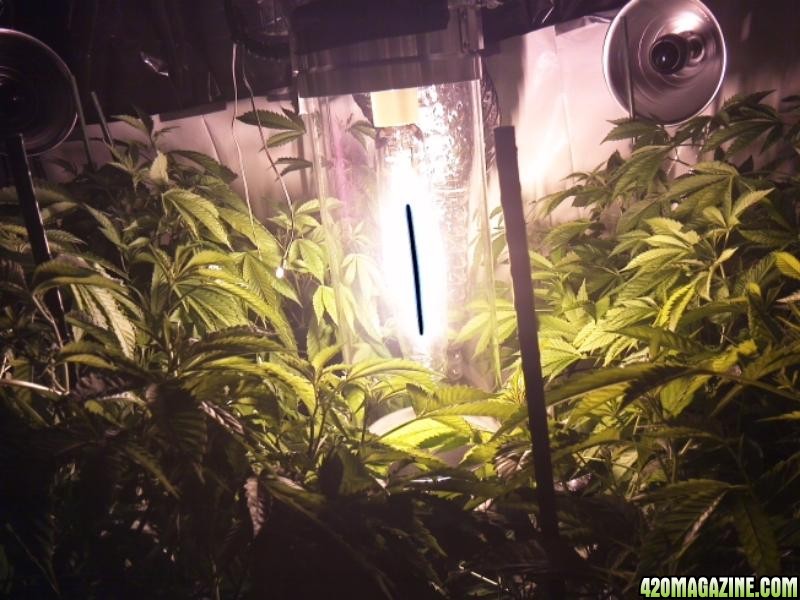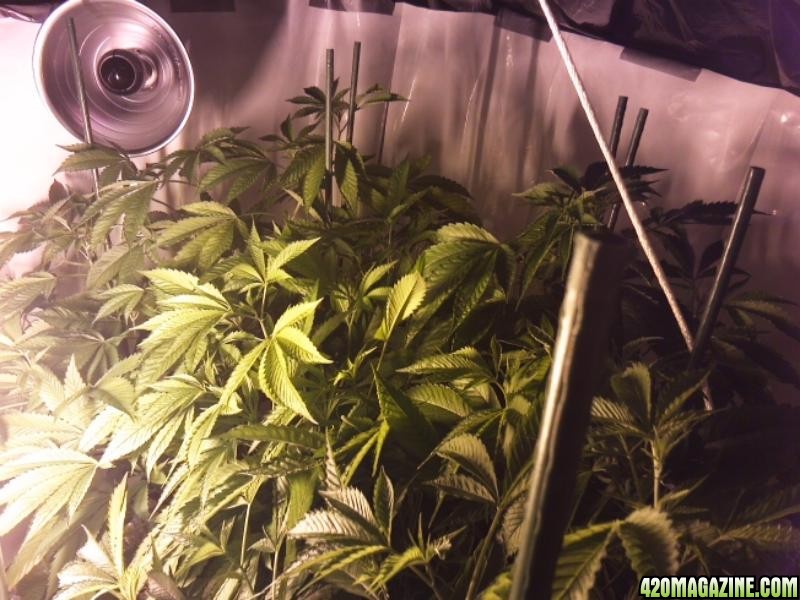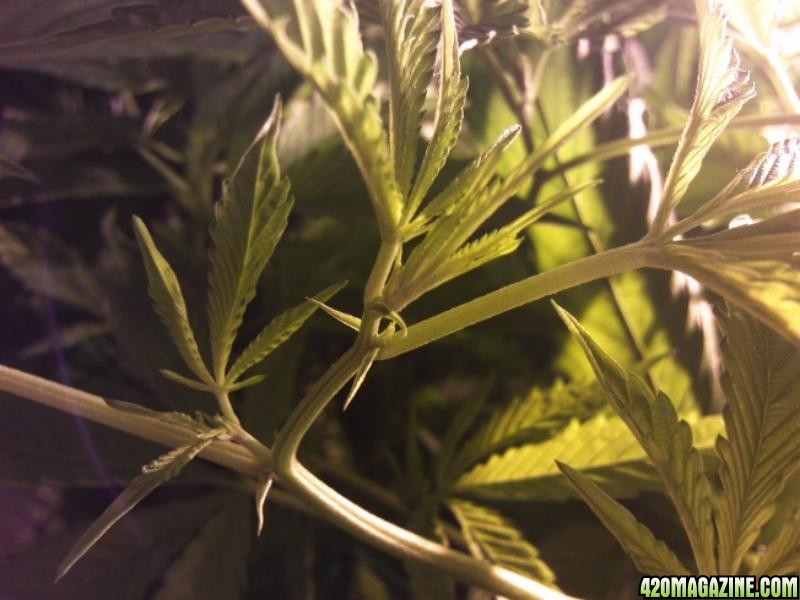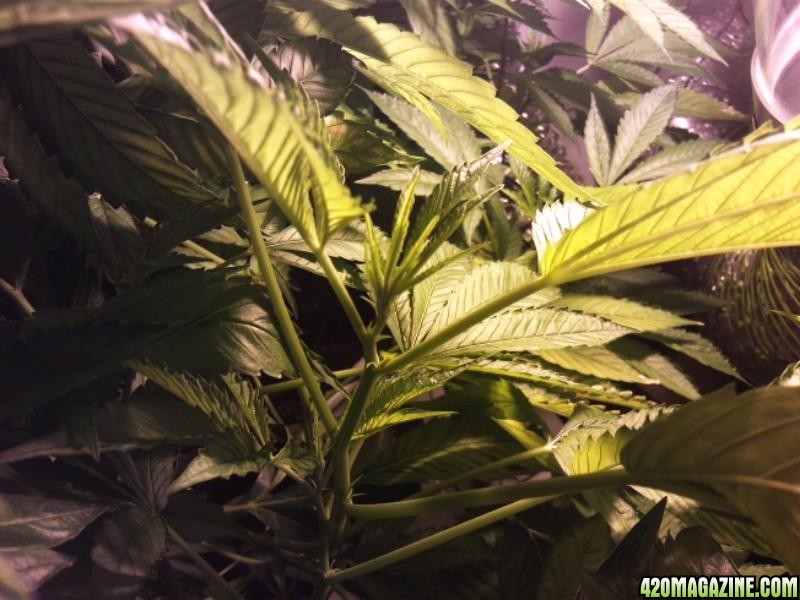- Thread starter
- #81
Hi again from Spain...
Regarding the issue of compact red party cfls...
I have seen two kinds of this bulbs in my country, one is the twisted one that appears in the pics above..it gives a red-orange color..this bulb has the twisted glass painted.
The other one that i think is from a french factory (label is in french) and the code product is EC215RE, this cfl is 15 watts and has a tipical compact cfl rectangular shape.This last bulb is more common here, but it gives a differnt light althought it says red light in its label, It gives a red light, but with some purple in it, more blueish to understand better...This bulb has a white glass, not coated... So i think that in some way the phosphor formulation here doesnt need a coated glass cause it gives better light lets say..internally... but..there is aproblem with the blueish issue...Anyway the light that gives i think will be good to make clones or use it as veg light cause the balance between red and blue in it seems to my eyes a good spectrum to grow. link to the product
MD-TRADING - Eclairage à économie d'énergie
As you see in the link there are black light cfls on sale too, as nobody speaks about them here, I assume that they dont give any far red light, and this feature occurs only if the bulb is incandescent..am i all right?
Just my two cents..
Sorry about my english again
Nacho
I think floro black lights give off ultra violet and some blue wavelength but no far red, the only sources of 730nm seem to be inc. black lights, inc. regular bulbs and 730nm LED...
for simple rauber you should be able to use any reddish cfl regardless of whether there is any blue leakage since it is always on during blue signal, but for advanced you would need a red source with no blue...



